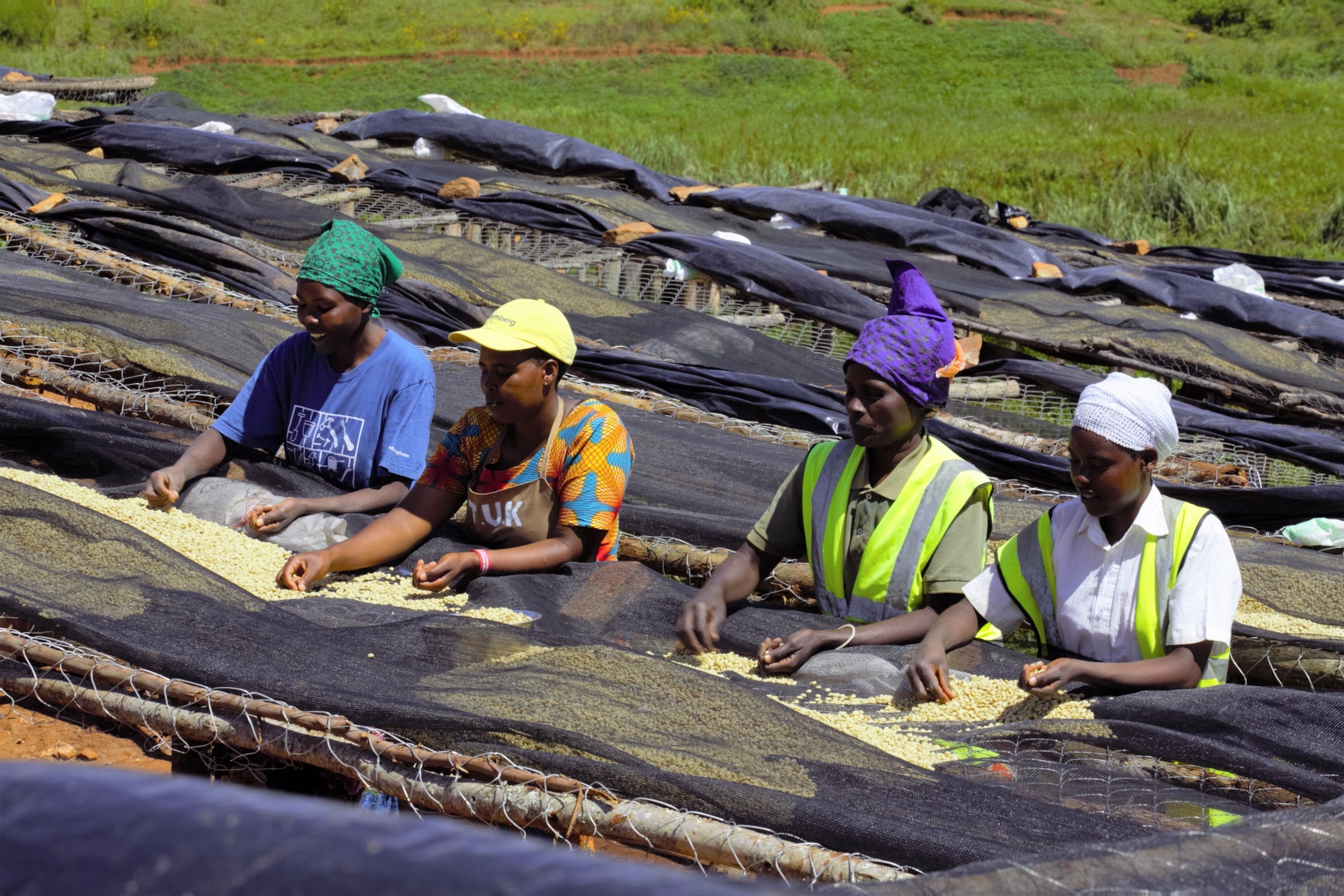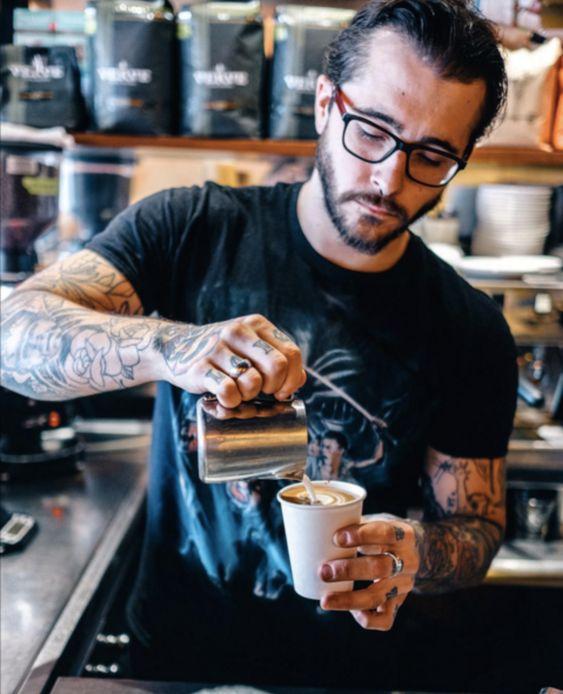From crop to cup

Many of us love our morning cup of coffee, but many of us don’t understand the full process from crop to cup. Let us walk you through the coffee process from seedling to end product so you can get a better understanding and appreciation of just what’s involved.
Planting: Coffee beans start off as tiny seeds which are planted in coffee fields during wet season. This ensures that the roots have time to grow and fully develop in the soil before the dry weather approaches. It can then take between 3 and 4 years for the seed to grow into a full grown coffee tree that produces coffee cherries.
Harvesting: Coffee cherries are ripe and ready for harvesting when they turn a deep red colour. In most countries there is generally only one harvest per year and the cherries are usually picked by hand, which can be quite labour intensive. There are two different ways to harvest-
- Strip picking: All cherries are stripped off the trees at once
- Selective picking: Farmers roam around the trees every 8 – 10 days and hand pick the ripe cherries. This is much more labour intensive and is primarily used for the collection of Arabica beans.
Processing: This must occur quickly after the harvest to avoid spoilage of any of fruit. There are two main processes used:
- Dry Method: This is the oldest method, which is still used in countries where water is sparse. The cherries are spread out on huge flat surfaces in the sun to dry. To prevent spoilage of the cherries they are raked and turned throughout the day and covered at night to avoid any rain. The cherries are ready once the moisture content is less than 11% and this process can take several weeks.
- Wet Method: The pulp of the cherry is removed after harvest by a machine so that only the parchment skin is left on the cherry. Cherries are then separated by weight in water channels (the riper cherries will sink in these channels) and then again separated based on size in machines. Finally, they proceed to water fermentation tanks to remove the slick layer of mucilage that is left on the outer of the cherry, here they can remain from anywhere between 12 – 48 hours until this layer dissolves. Only then are they ready for the drying process.
Drying the beans: If the wet method has been used for processing the beans will still need to be dried so that the moisture content of the bean is less than 11%. This can be done in the same way as the dry process method or in tumbler machines.
Milling the beans: Firstly, the bean is hulled and the entire dried husk is removed. The bean can then be polished (optional) to remove any silver skin left on after it has been hulled. Finally the beans are graded and sorted by weight and size and then reviewed for colour flaws and imperfections. Defective beans are either an unacceptable size, over-fermented, insect damaged or unhulled and these are removed from the batch by hand or machine.
Exporting: Milled coffee otherwise known as green coffee is then exported for tasting and then roasting. With the build of the new St Remio Cupping lab in Twongere Umusaruro, Rwanda, the coffee farming community will be able to taste their coffee before it is exported for roasting. This will help them to ensure that they only export the best quality beans for their roasters and consumers, giving them an edge against competing farms.
Roasting: This process transforms green beans to the whole brown coffee beans, as we know them.
After the roasting process they are ready to be sent out to cafes, supermarkets and the like to be enjoyed by you, the consumer. Now when you enjoy your morning coffee, think about the impact and process those beans have been on just to get into your hands. A big labour intensive journey from the crop to the cup.
References
National Coffee Association 2019, ’10 Steps from Seed to Cup’, About Coffee, viewed 14/03/2019 <http://www.ncausa.org/about-coffee/10-steps-from-seed-to-cup>
Coffee & Health 2019, ‘Initial Processing’, All about coffee, viewed 14/03/2019 <https://www.coffeeandhealth.org/all-about-coffee/initial-processing/>



